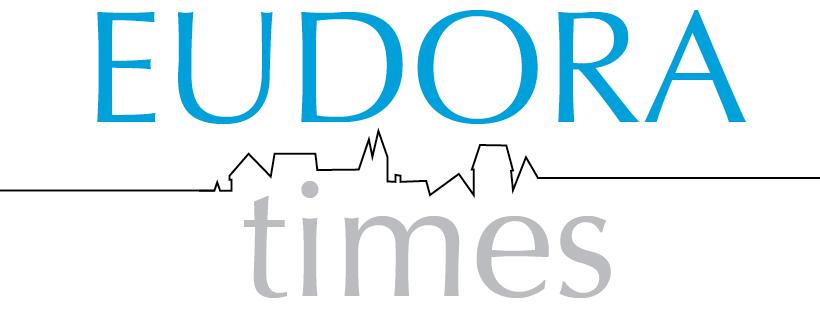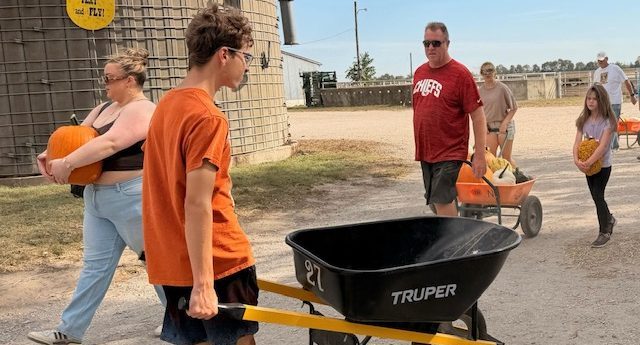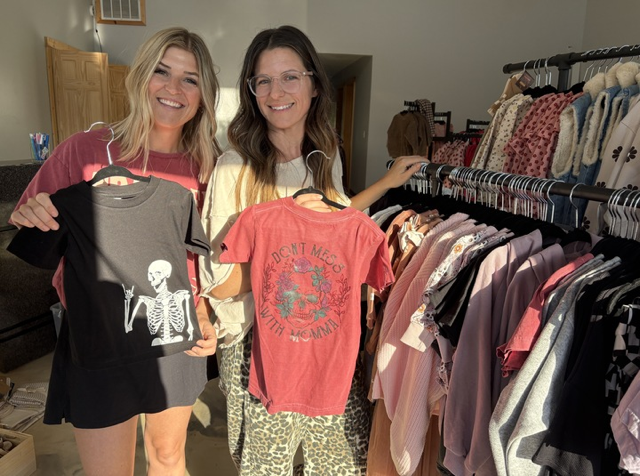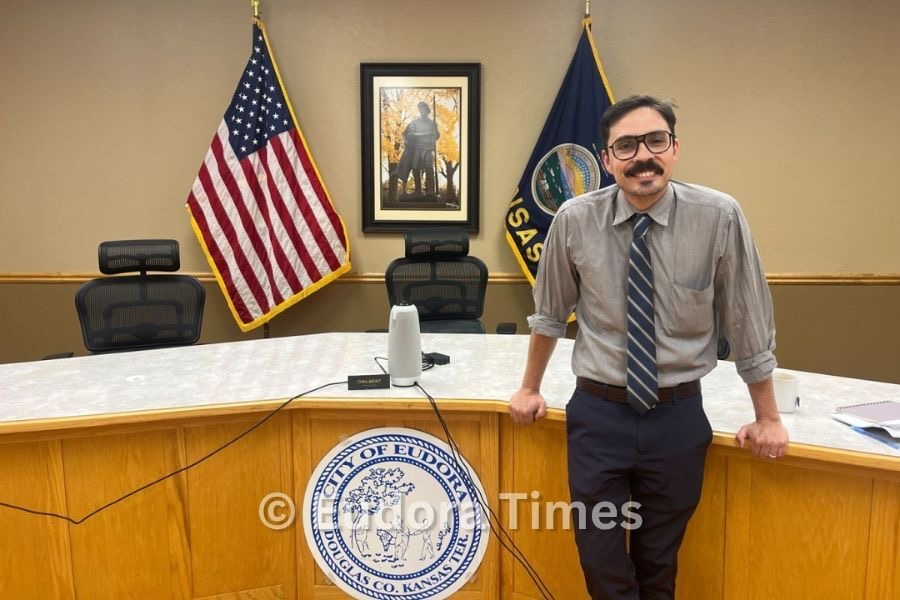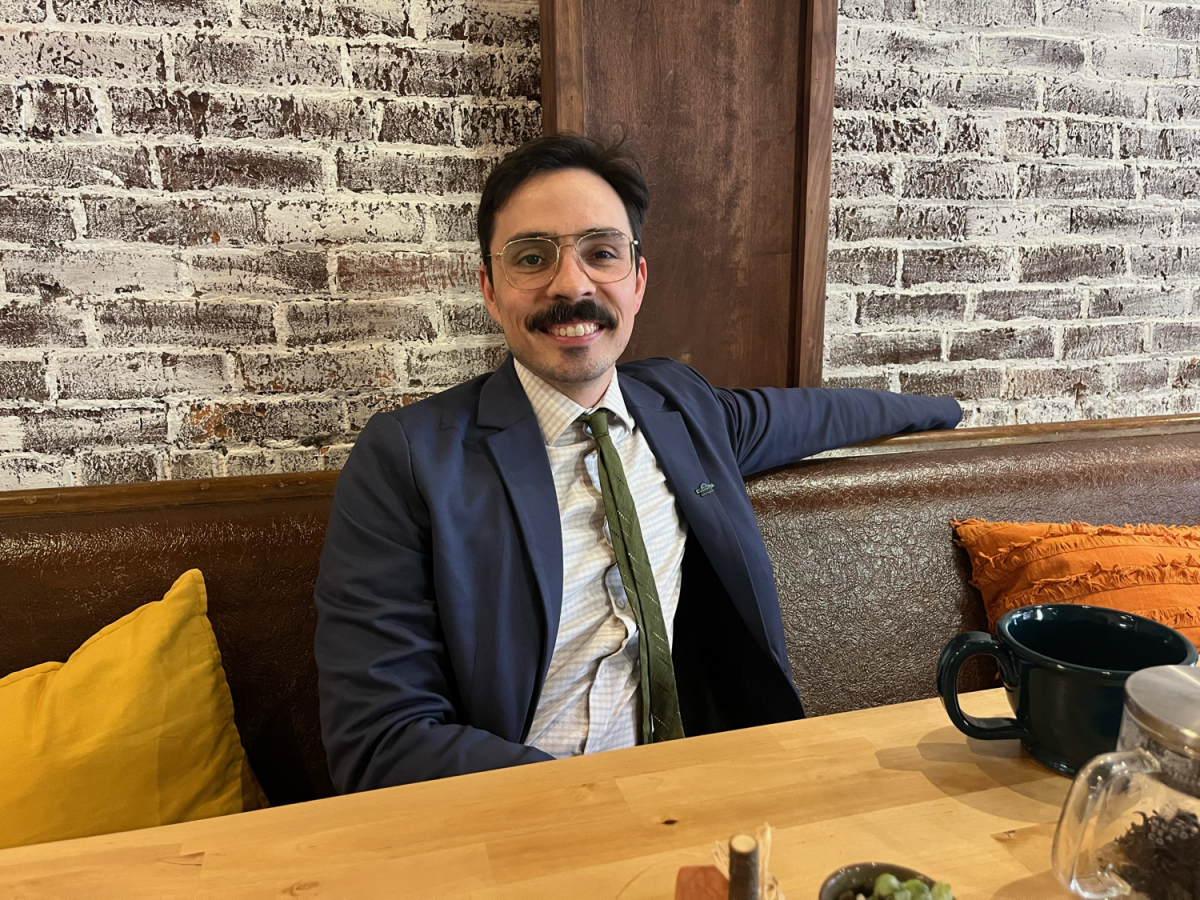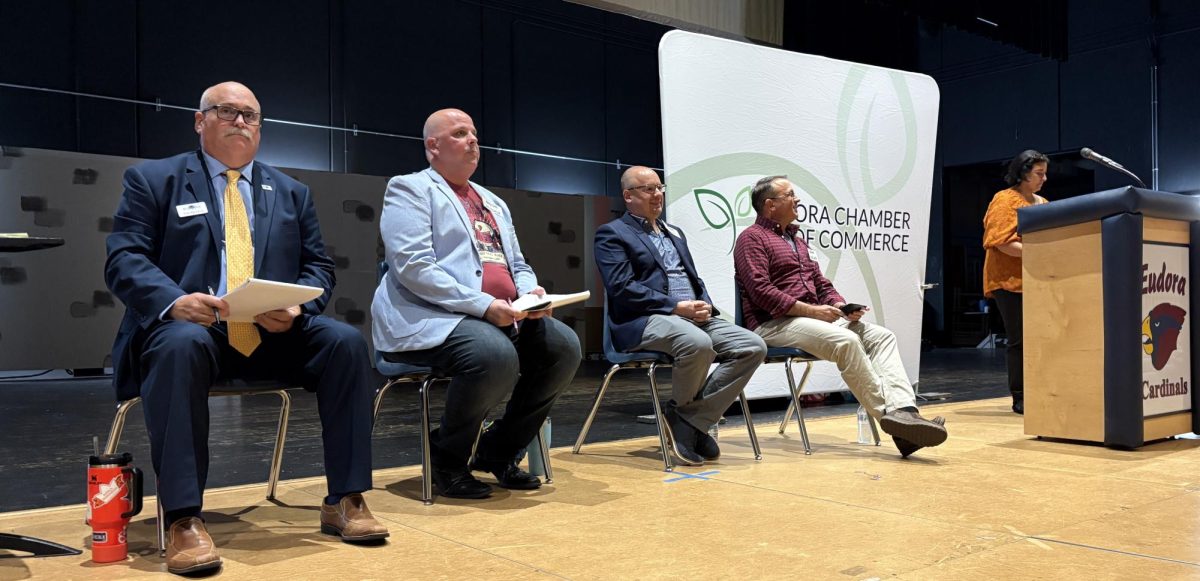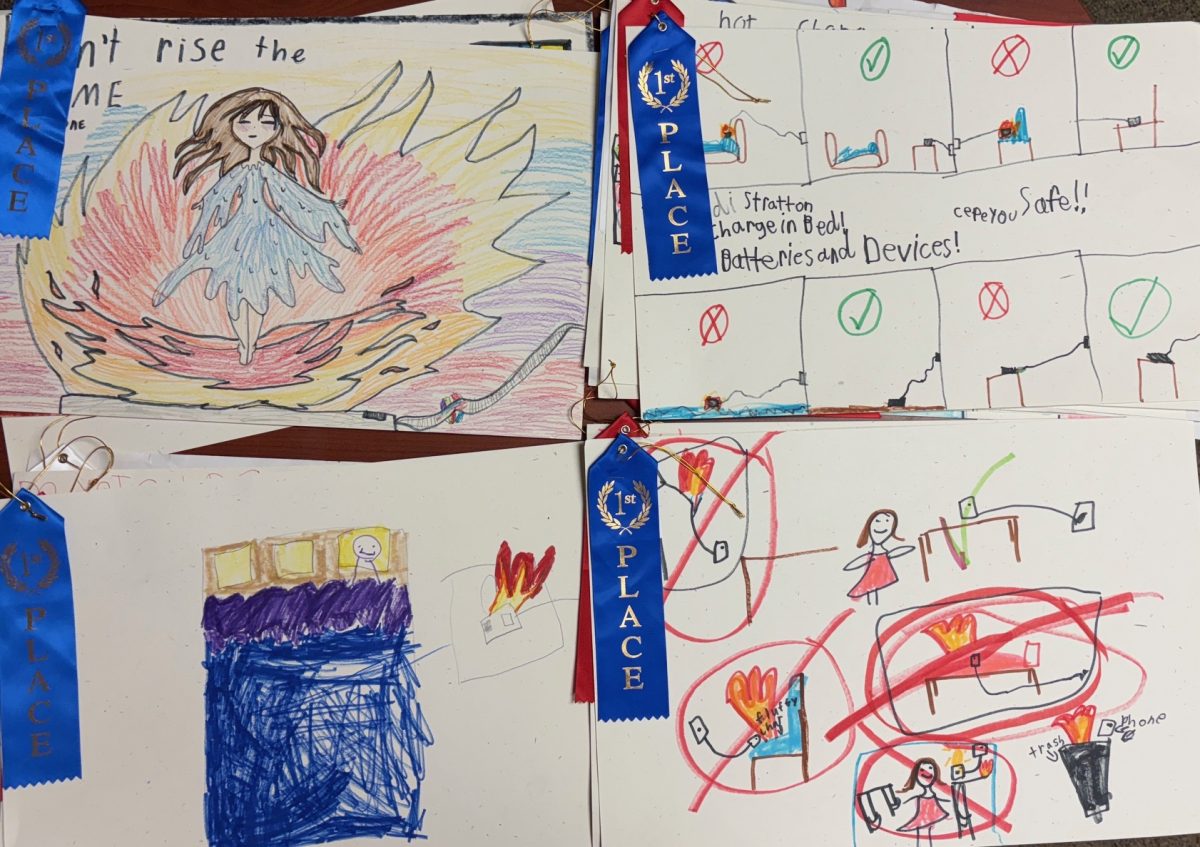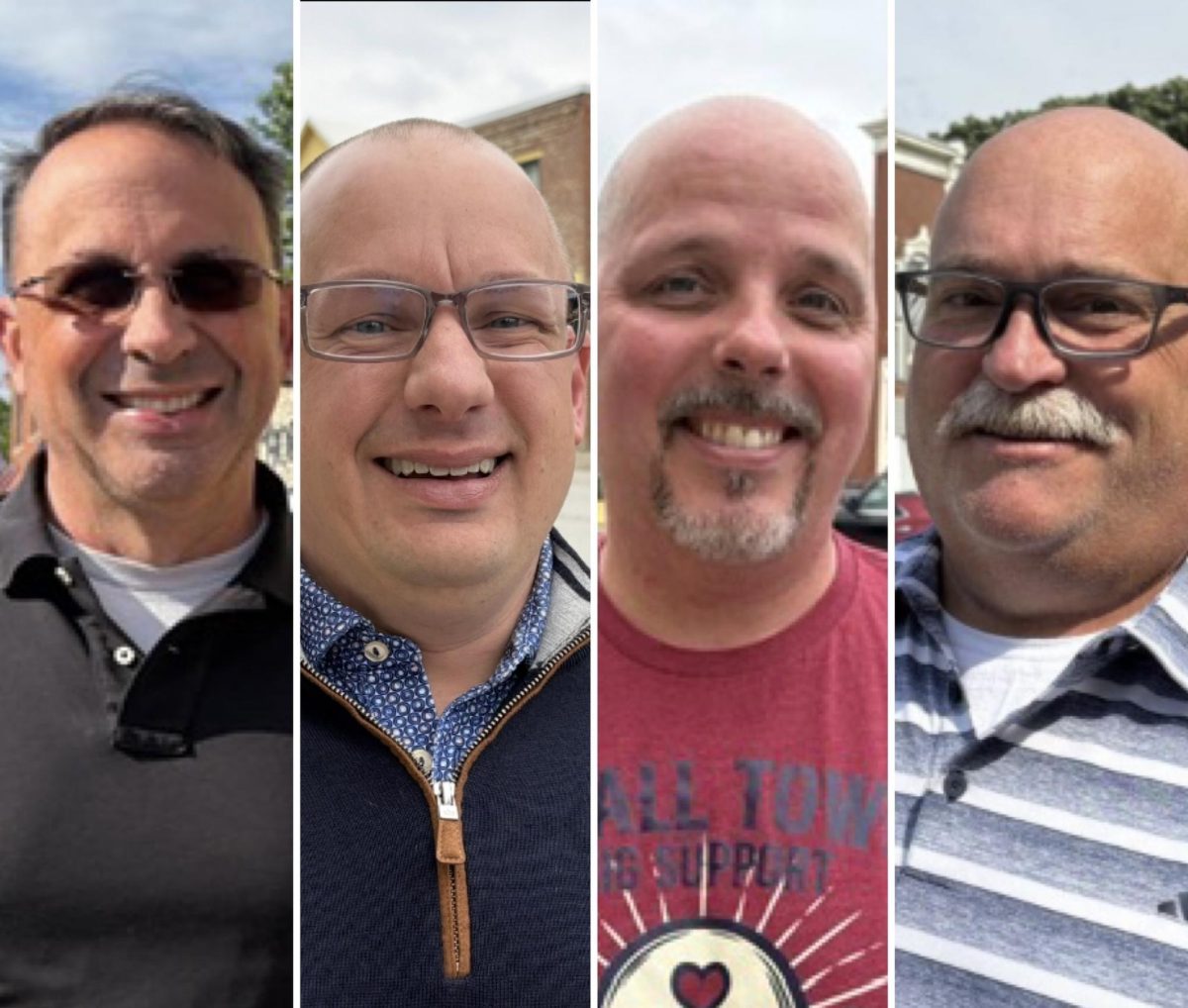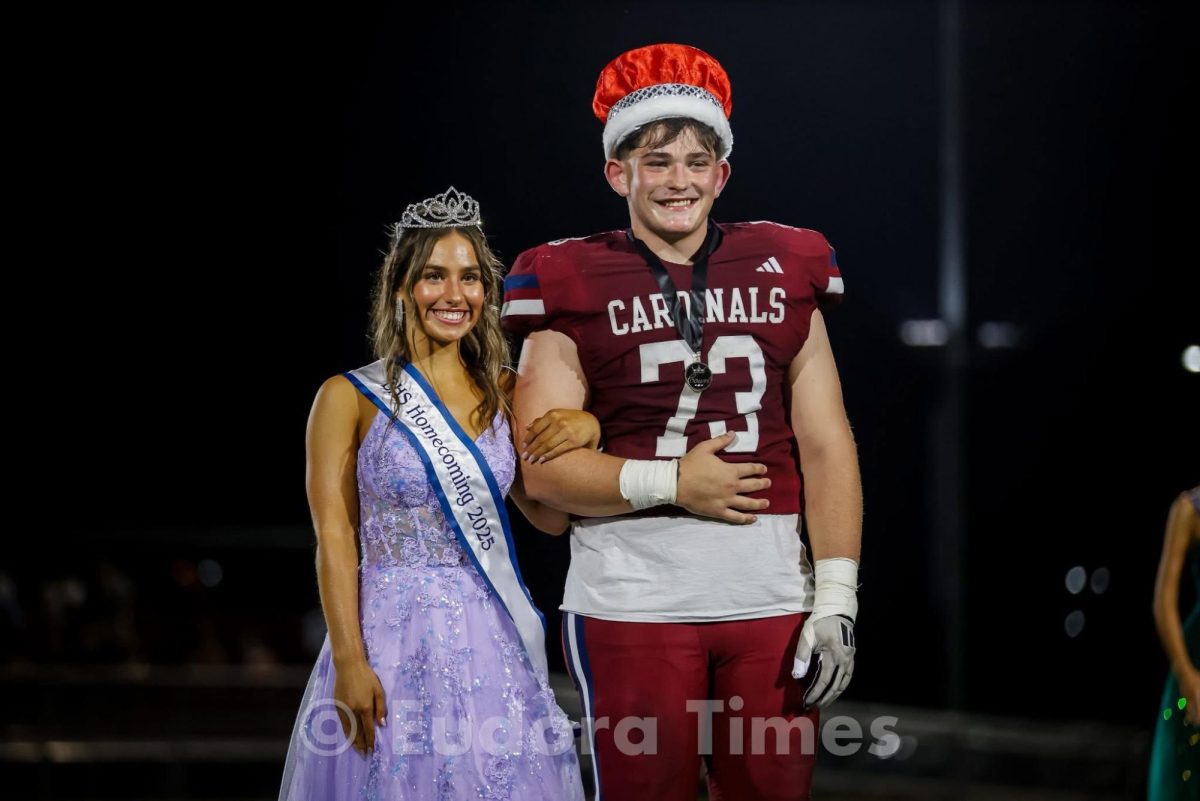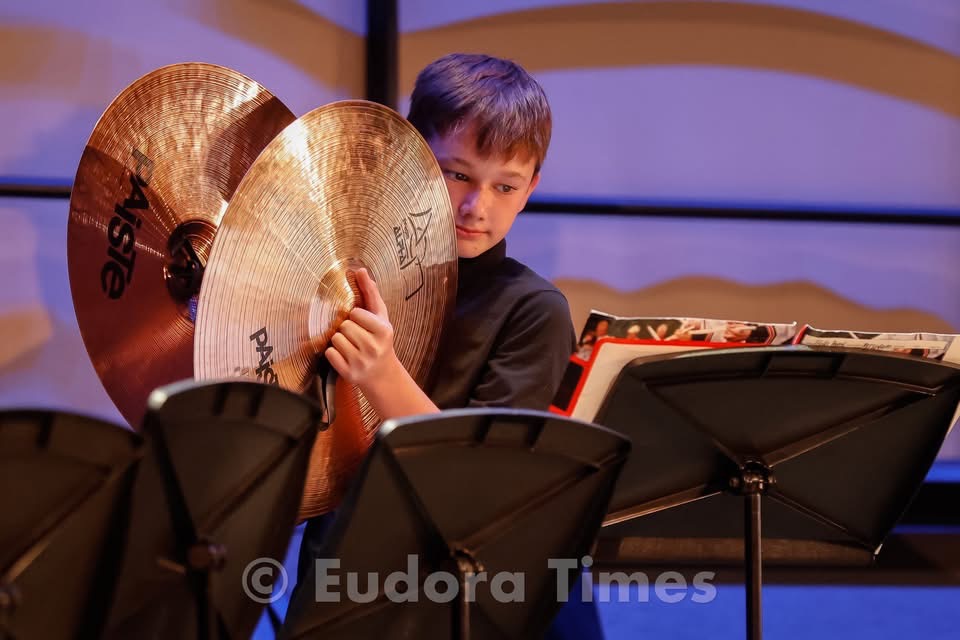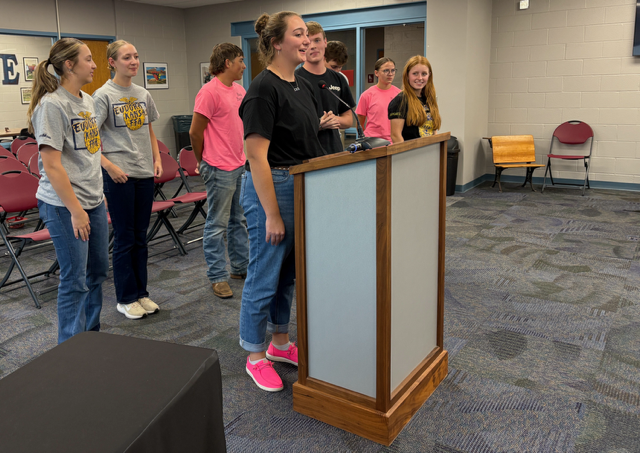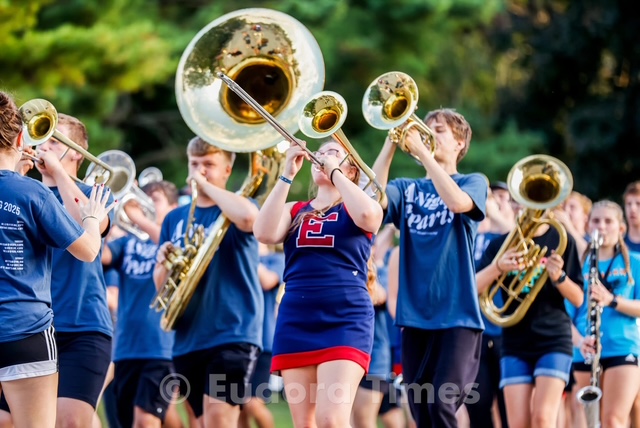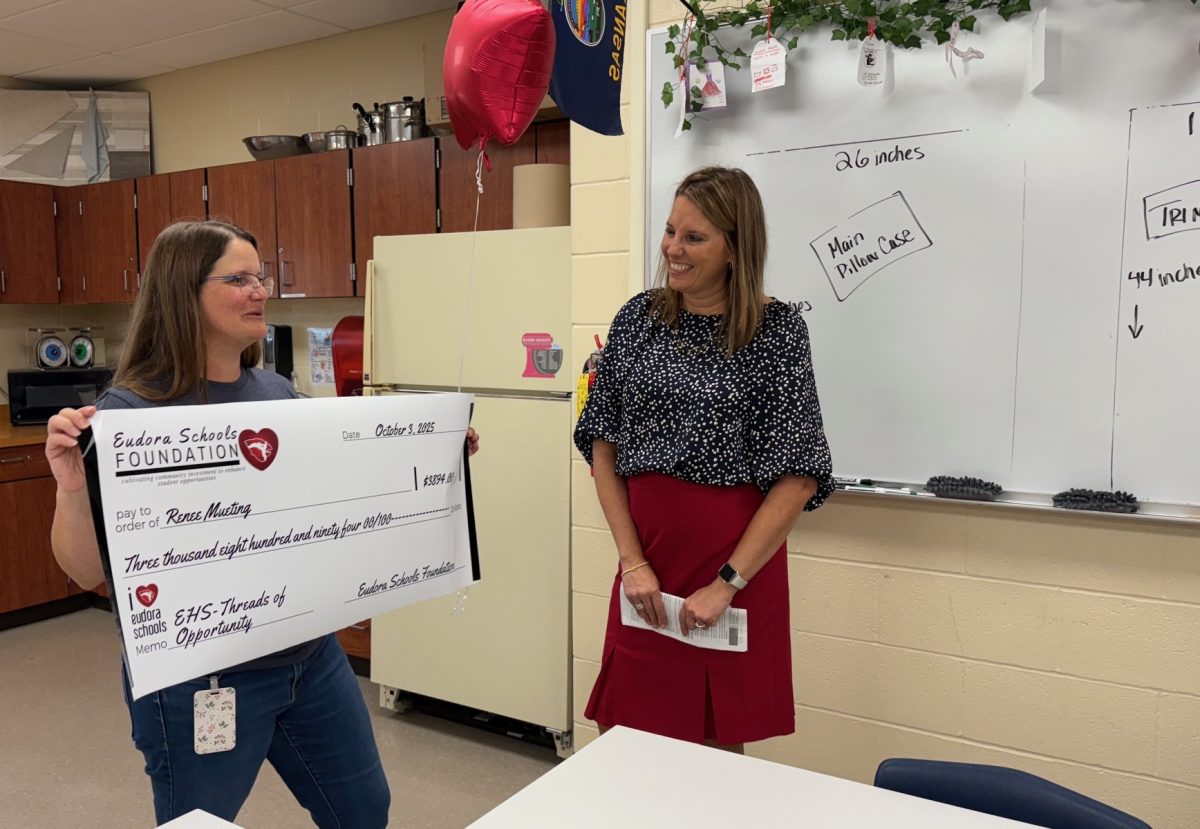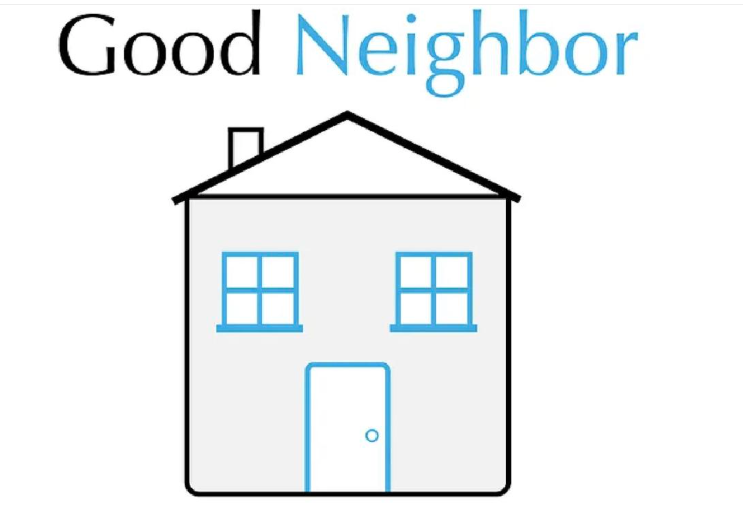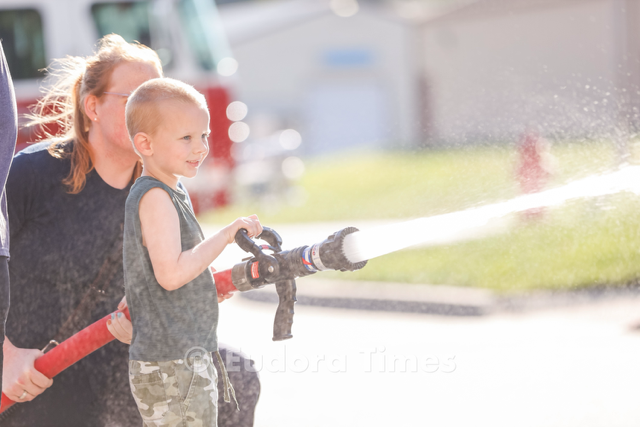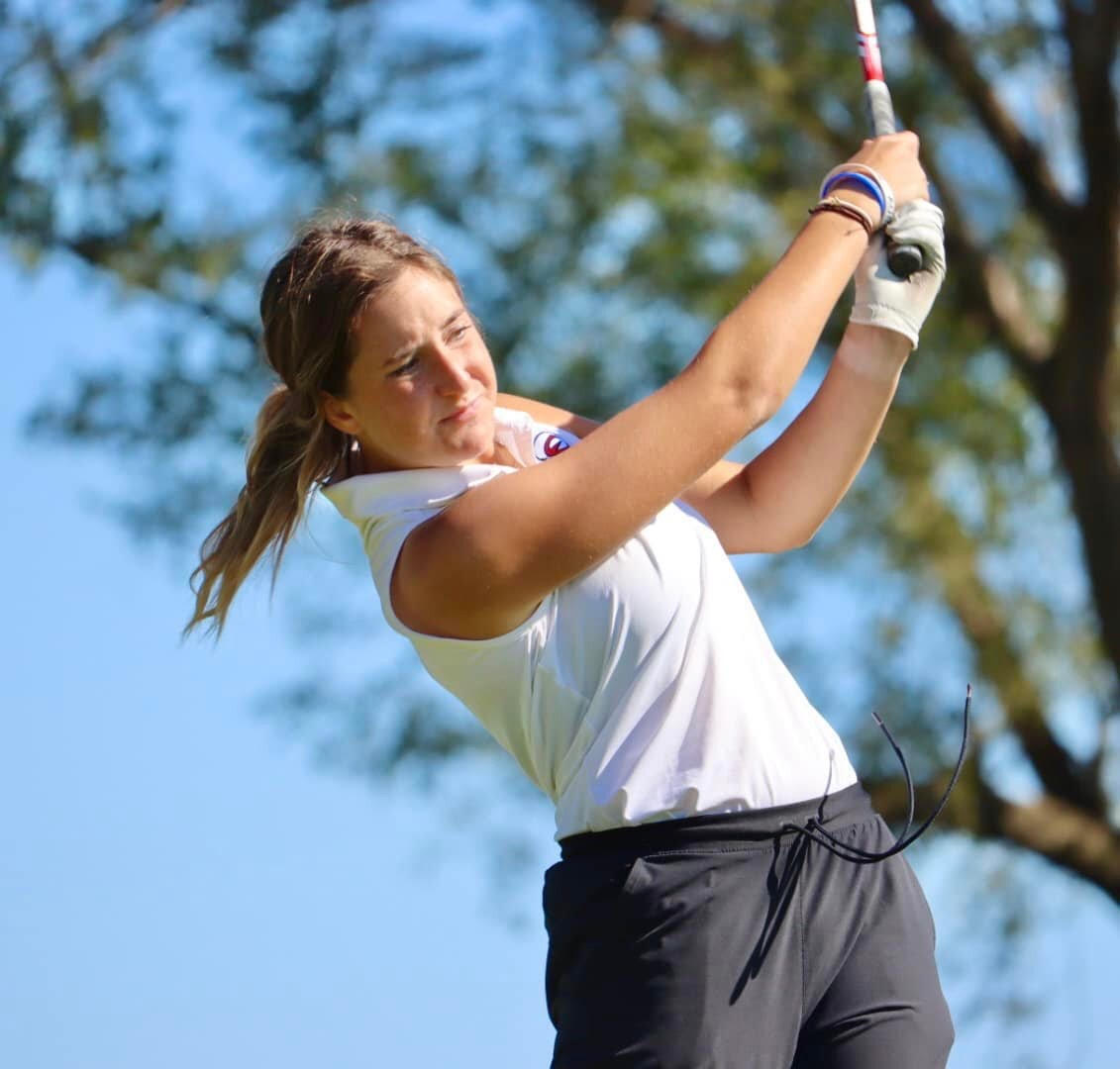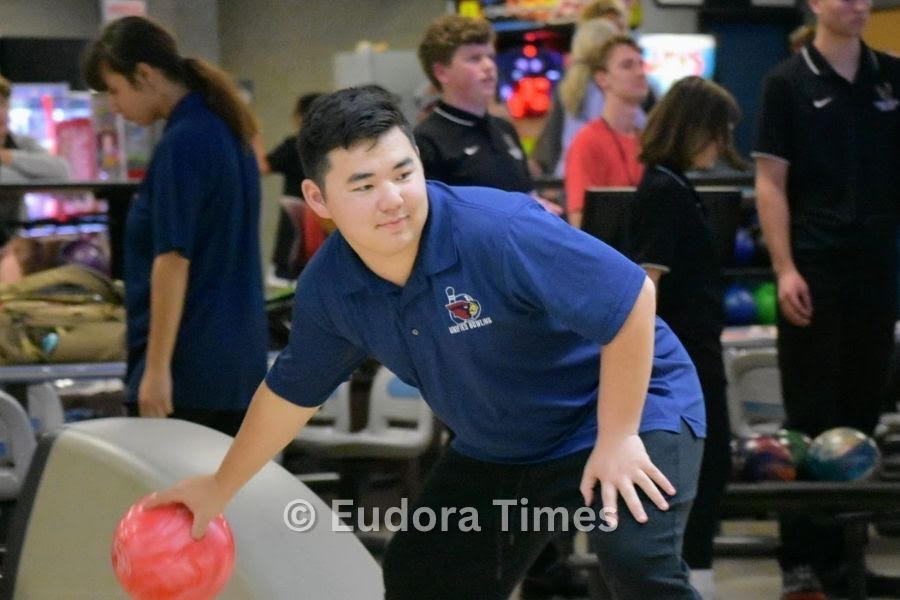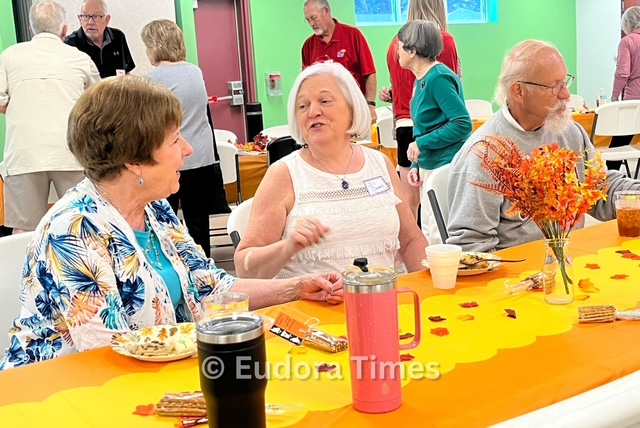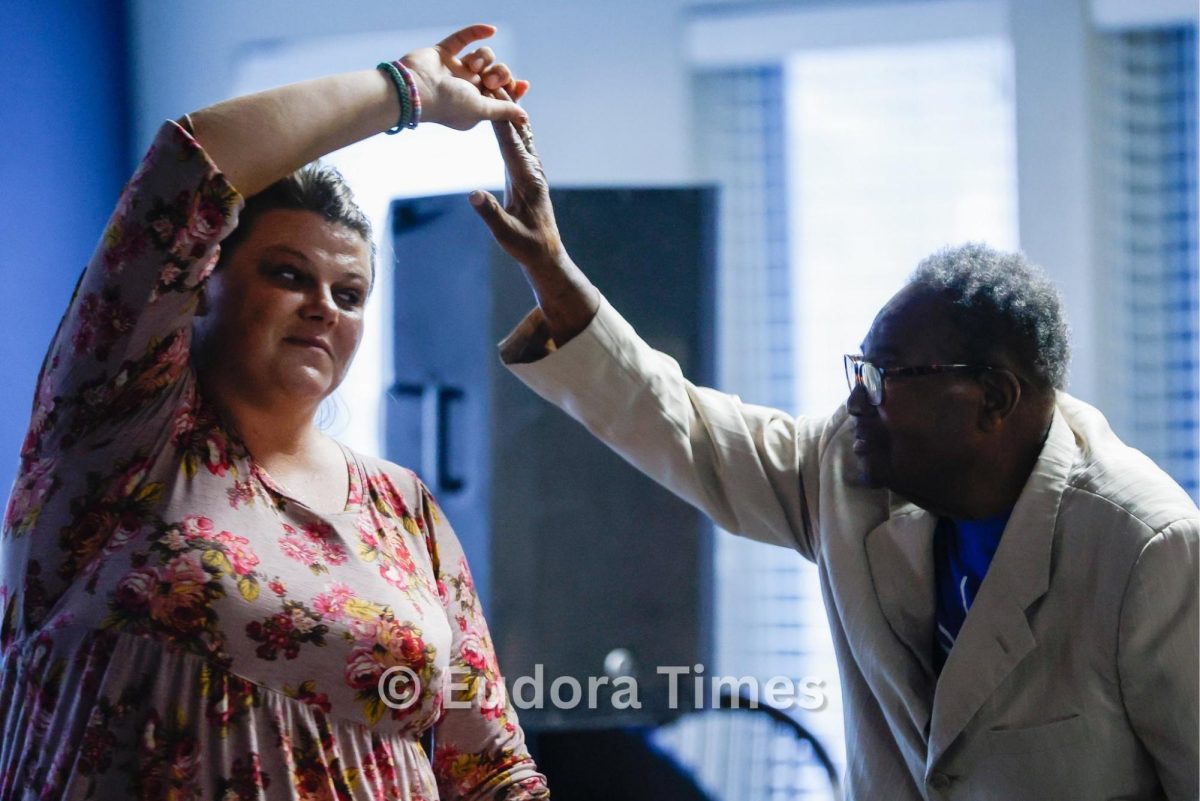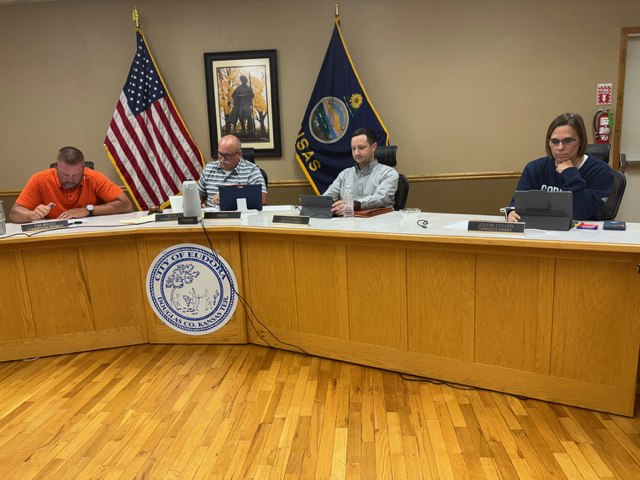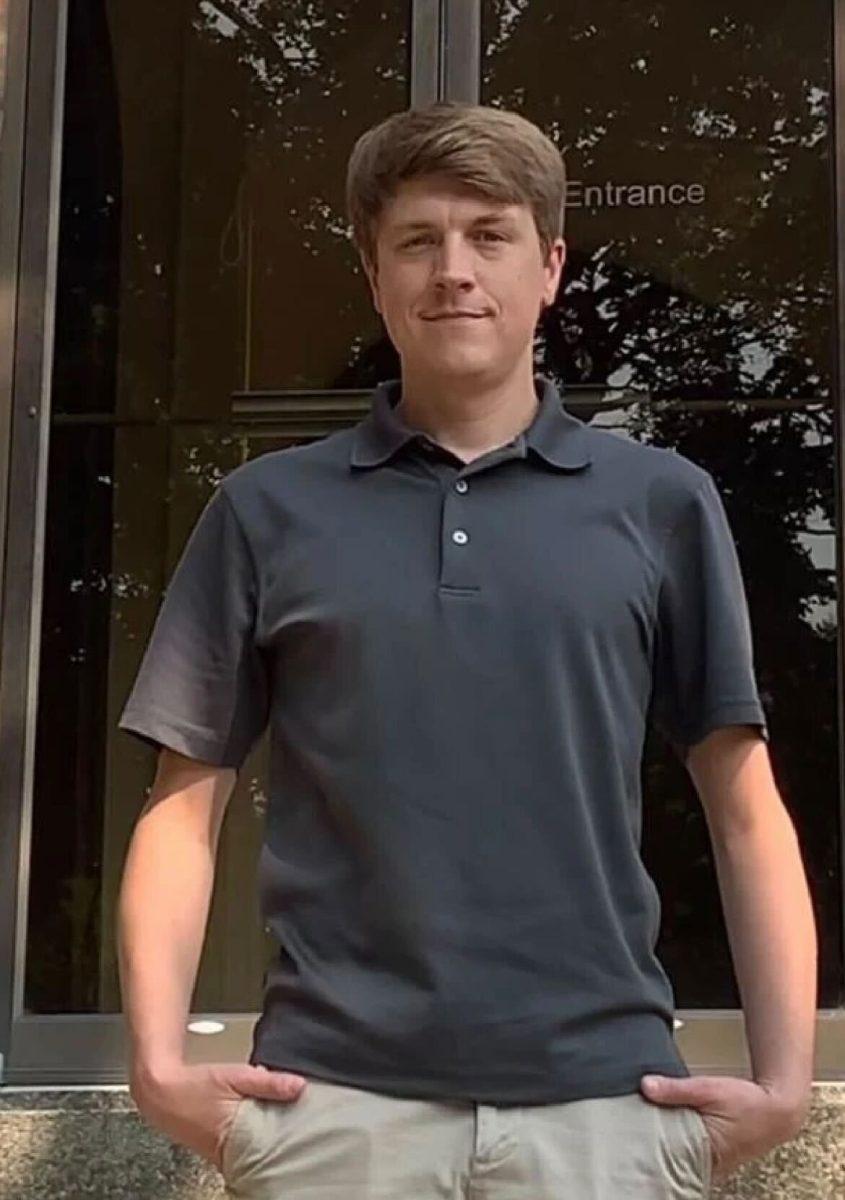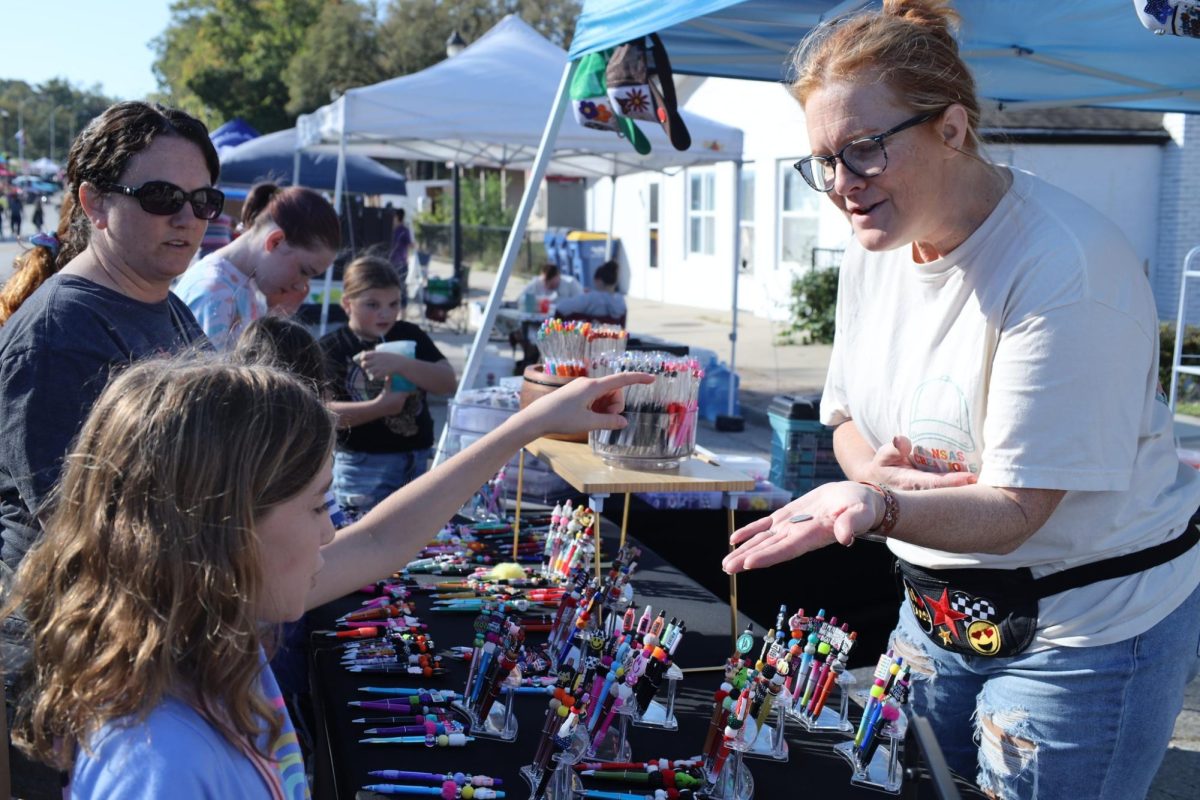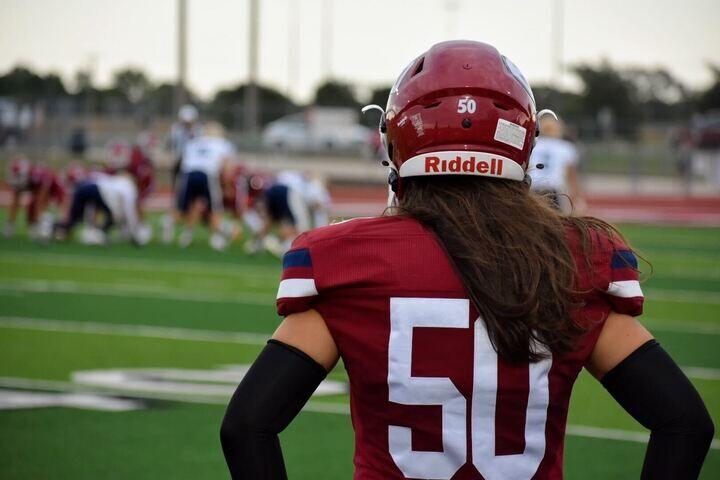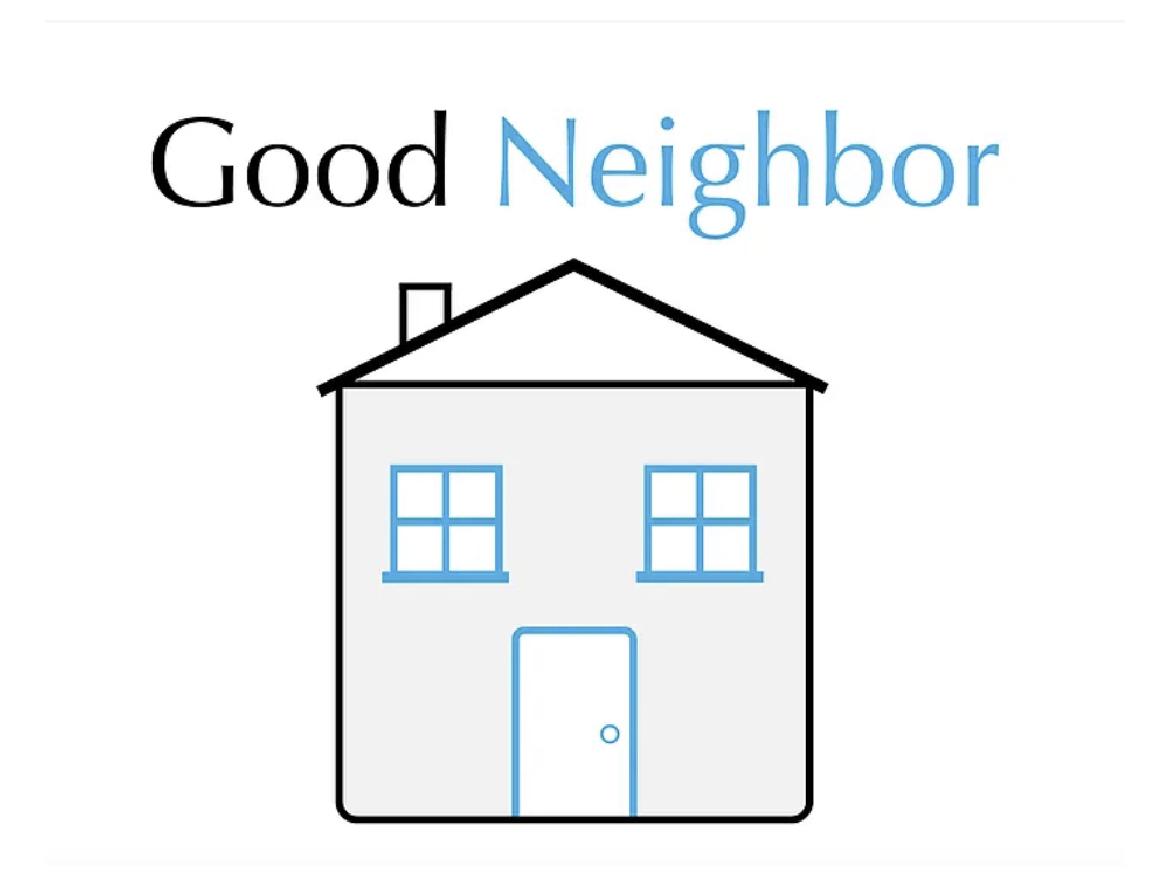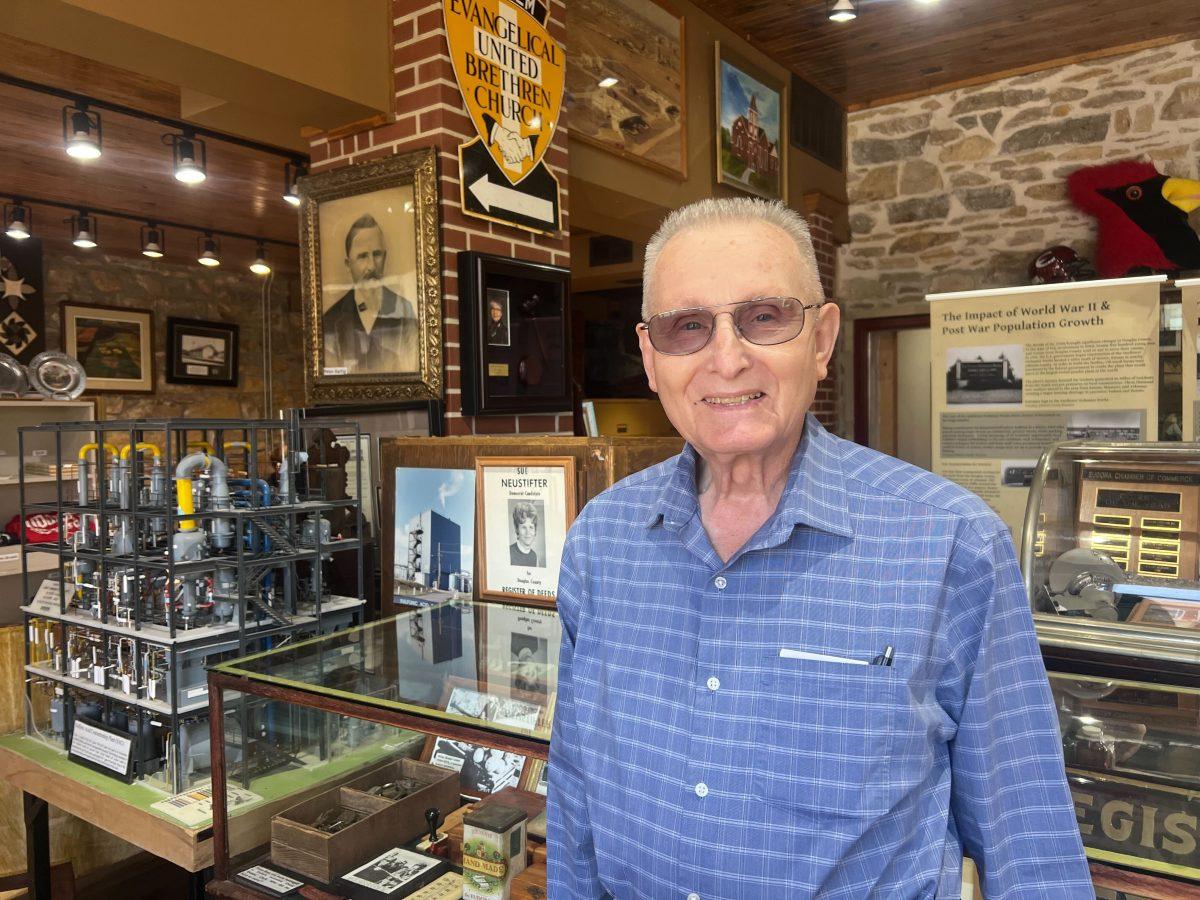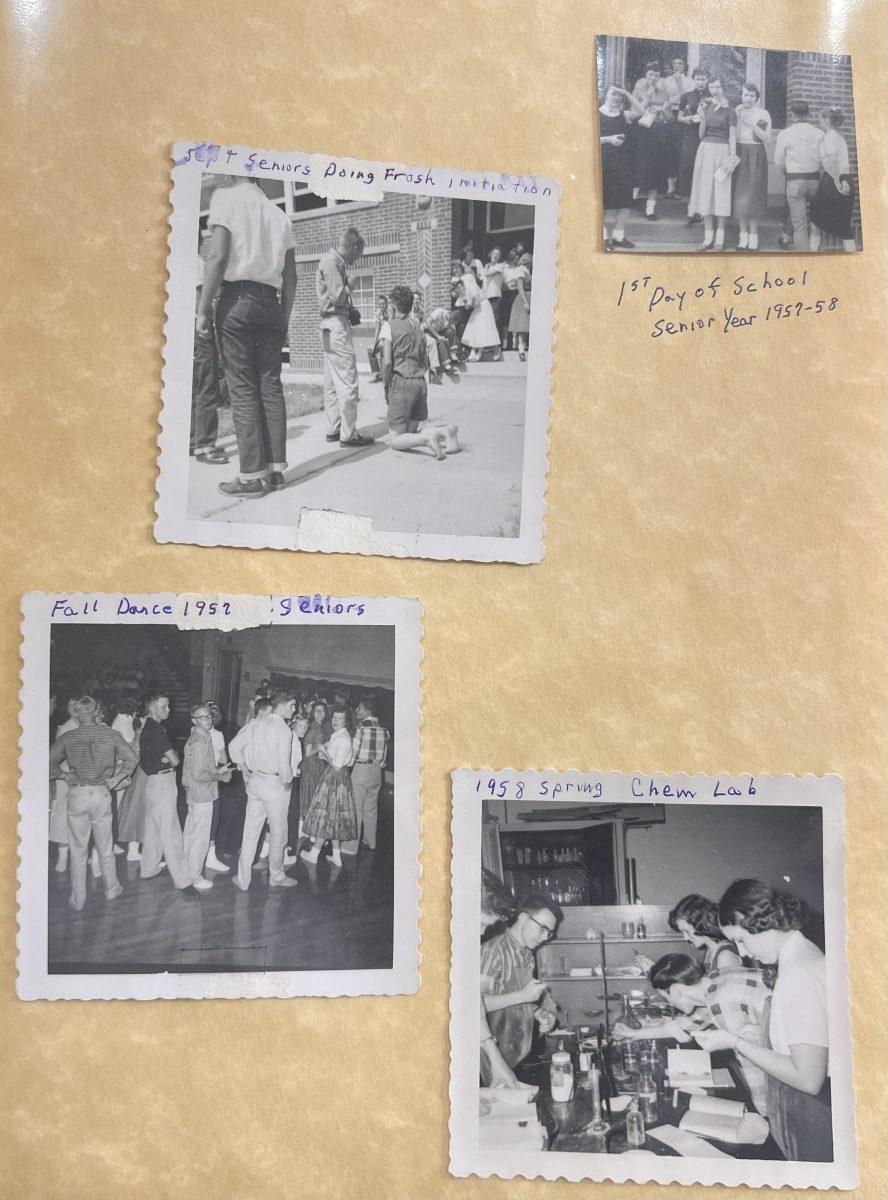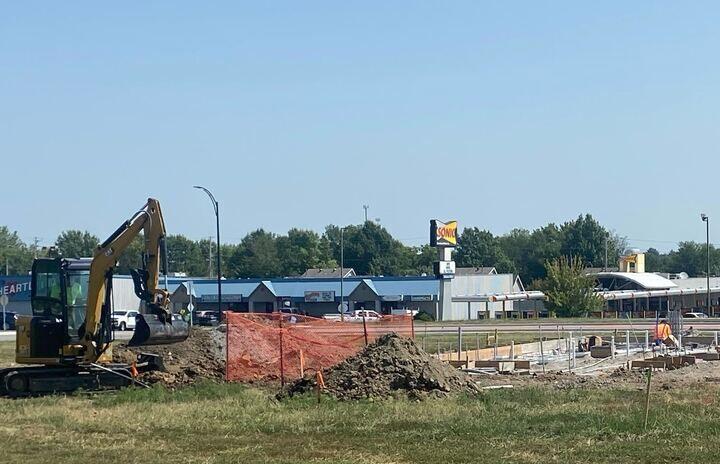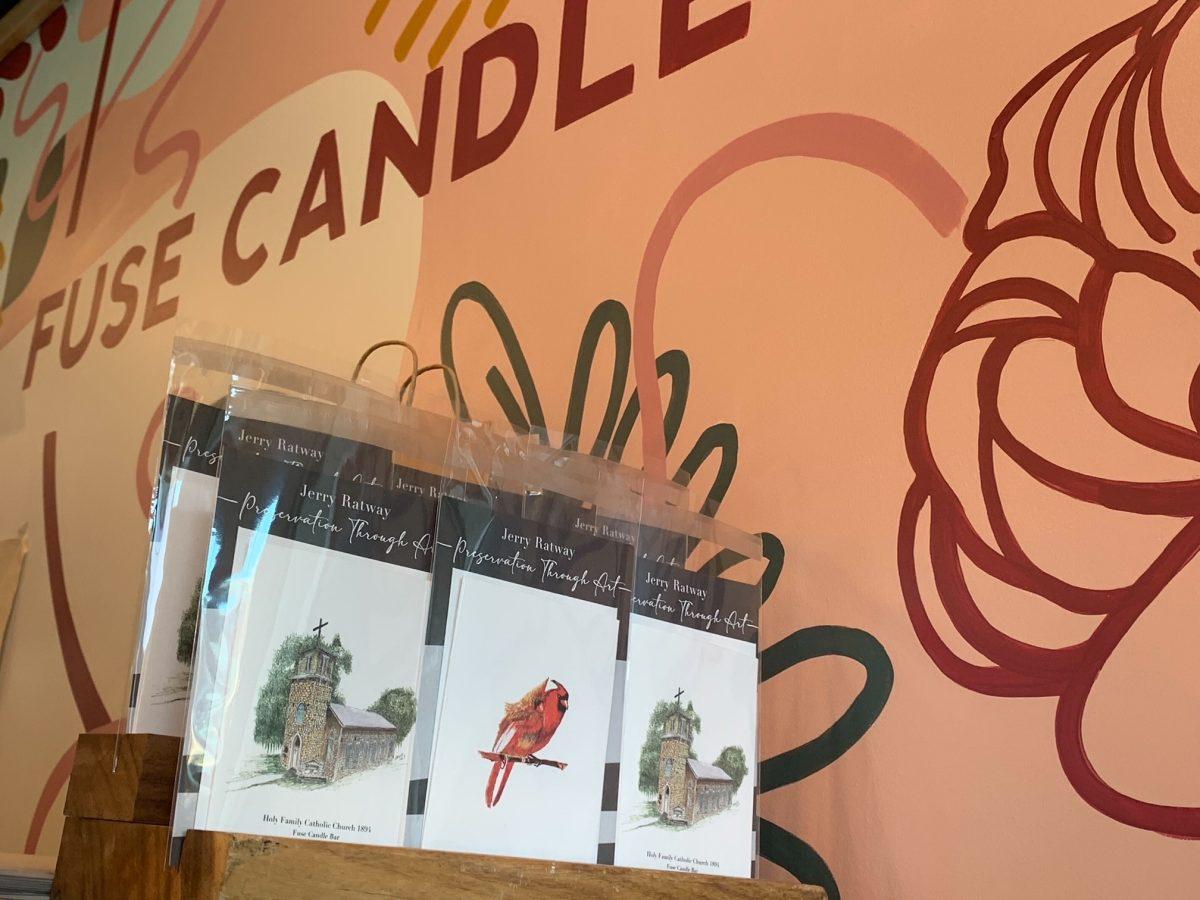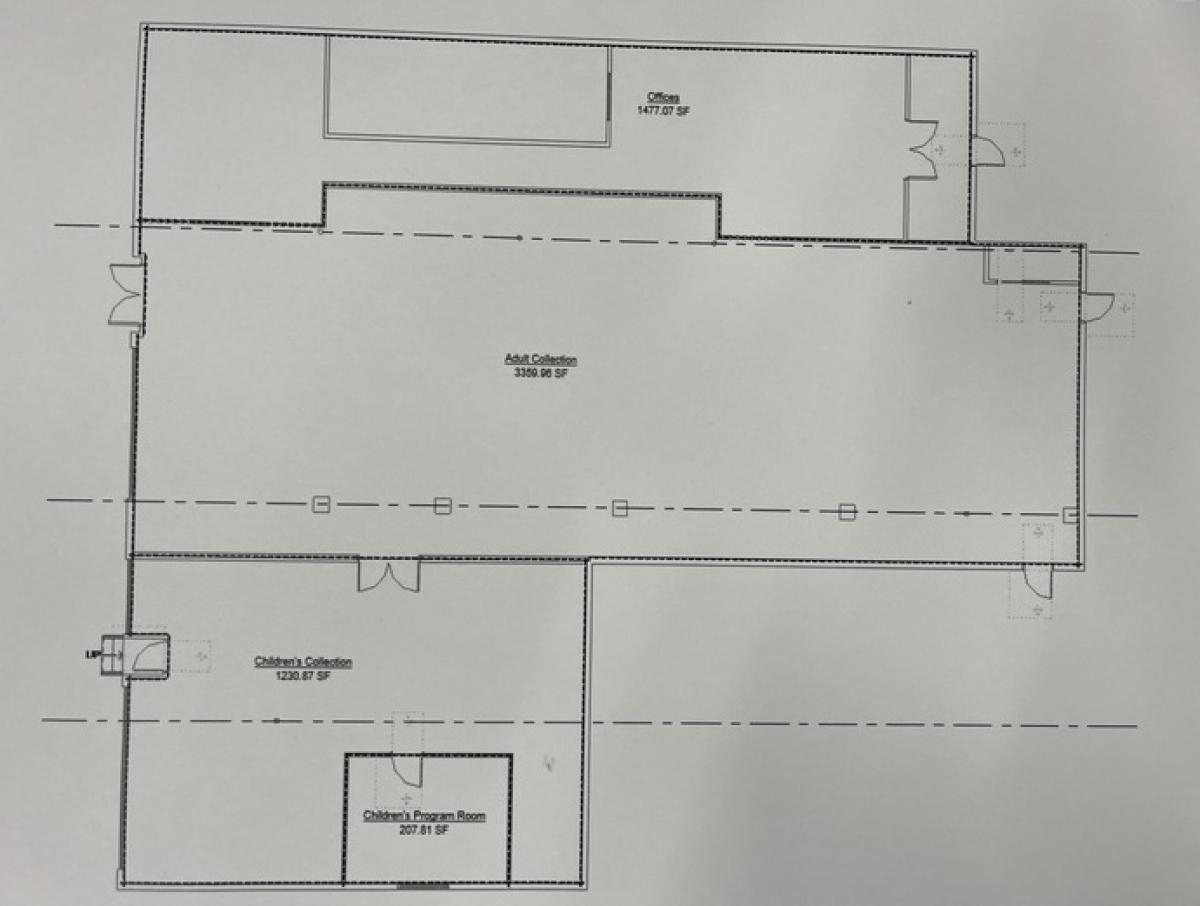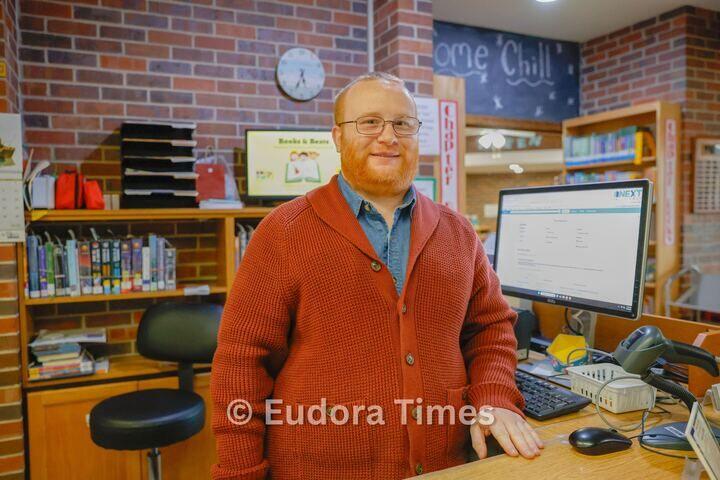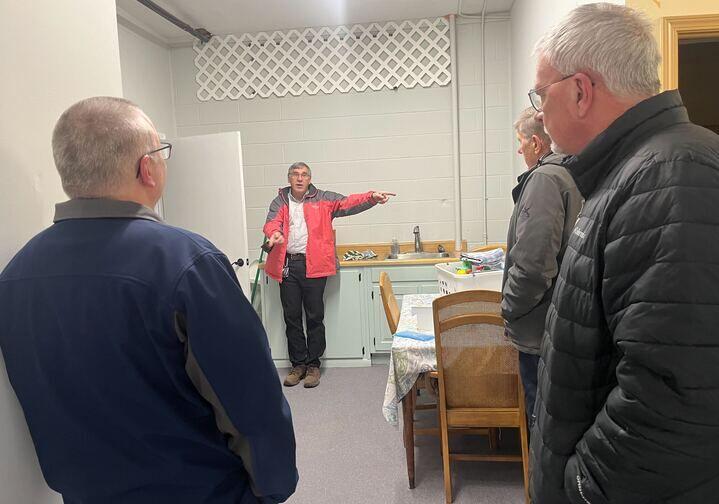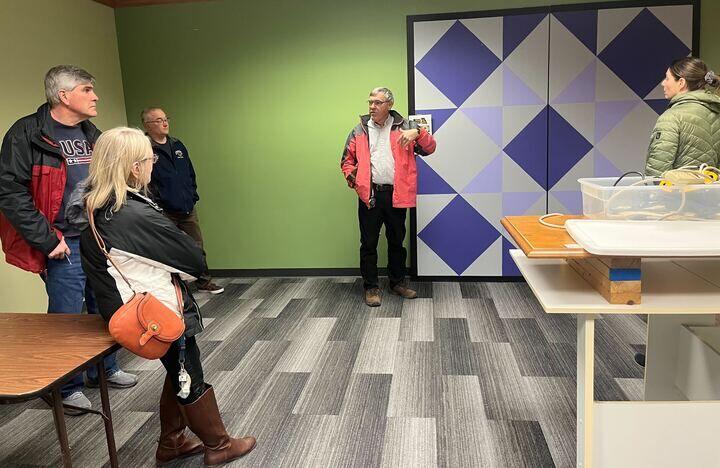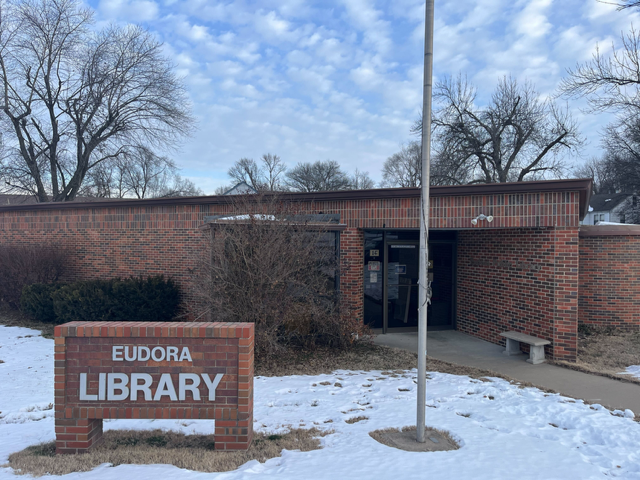Pam Trefz found herself overwhelmed a decade ago with a century-old building that had been in her family for generations. A chance encounter with Ben Terwilliger would forever change Eudora’s history.
The Eudora Community Museum will mark its 10th anniversary at 720 Main St. next month thanks to that fateful meeting between two of the city’s biggest history supporters.
On March 21, 2013, Trefz officially donated the building that had housed her family’s legacy so it could become the centerpiece of the city’s history.
Ten years later, Trefz and Terwilliger reflect on 720 Main St.’s rich history, the success of the Eudora Community Museum and plans for its future.
Reflecting on the Past
The building, which dates back to the 1860s, had been in Trefz’s family since 1920, when her great uncles, Herman and William, ran a plumbing and electrical business out of it.
“I have a lot of memories there, myself, of being young and being in there with my great uncle Herman,” she said.
She eventually inherited the property from her sister, who was given it by their late father, who operated Trefz’s Plumbing and Electrical after buying the business from Herman in 1962.
“When [my dad] retired, he kept the building, but he really didn’t have the means to keep it in good repair. And so I think probably because it had been in the family so long, he was reluctant to get rid of it,” Trefz said.
By the time it had been handed down to her in the early 2000s, the structure was in poor shape, with both the interior and exterior requiring extensive work.
Though Trefz invested her own time and money into fixing up the facade, plenty of work remained on the interior.
Overwhelmed by the prospect of undertaking the timely and expensive task of repairing a century-old building by herself, Trefz sought funding through the Douglas County Heritage Conservation Council.
It was during a meeting for the council that Trefz and Terwilliger happened to sit next to one another.
“And so we just got to talking and I said, ‘Well, if you are committed to being downtown and being able to renovate a building, I would consider giving mine to the museum,’” Trefz said.
At the time, Terwilliger was searching for a new home for the museum after numerous stints in school buildings had proven unsustainable.
“We didn’t have a museum in Eudora until 2004, and at that point, we were just given a couple of rooms in an old middle school building,” Terwilliger said. “But all these school buildings kept getting demolished, because they were old and they wanted to build new things. So, we realized that we really couldn’t rely on staying in these old school buildings forever, especially since the school buildings had a lot of issues.”
During their fateful encounter, Trefz and Terwilliger came to an agreement; If Terwilliger and the museum secured a grant from the Heritage Conservation Council to fix the building up, Trefz would transfer the ownership of 720 Main St. to the museum.
Terwilliger began writing grants to the Heritage Conservation Council soon after. By 2013, the museum had received close to $84,000.
“But we still had a lot of work ahead of us at that time, it took us another two years to restore the first story of the building,” Terwilliger said.
Renovation work began in January 2014 and would continue up until the museum’s reopening in April 2015.
Community Support
Thousands of hours of volunteer time and many private donations made the museum’s new home possible, Terwilliger said.
Board President Waylon Ziesenis said nearly $700,000 went into renovating the building through grants, donations and volunteer hours.
Benny Dean and Bill Gordon donated a total of 5,275 hours to rehabilitating the old structure.
Gordon, a retired mason, put many hours into pointing the limestone walls and completing other brick work. The duo worked together to install subflooring, the wood floor itself, paint the walls and add the trim, among other things.
Terwilliger said Dean and Gordon are still his go-to guys when the building experiences issues.
“They’re just absolutely wonderful,” Terwilliger said. “Probably couldn’t have done it without them.”
Prior to the museum’s opening in the early 2000s, many of Eudora’s prized artifacts and historical documents were sent to the Watkins Museum in Lawrence or the state history museum in Topeka.
“I think now that we have our own building, a permanent building that is safe and secure, that is more visible to the community, it’s absolutely helped us receive important artifacts and documents relating to U.S. history,” Terwilliger said.
He attributes all the museum has accomplished to Trefz’s generosity.
“Without Pam donating this building, I don’t know if our museum would still exist. I don’t know if I would be here,” he said. “It really gave our organization a great boost, and it really helped us continue to grow and to serve the community.”
Educational Outreach
Since its 2015 reopening, the museum has seen visitors of all ages, including local students. Among several teachers who have used the museum in their curriculum is seventh grade social studies teacher Ryan Jacobs.
For over 10 years, Jacobs has taken students to the museum to bring history to life.
“My curriculum is focused most of the year on Kansas history and so I try to make history as local as I can for the kids, just because it makes it more real for them,” Jacobs said.
Jacobs credits the museum for preserving Eudora’s history, even as it has changed throughout the years.
“It’s going to continue to experience change,” he said. “And so I think it’s really important that Eudora has an anchor that holds it together for the future by kind of hanging on to its past.”
He also pays homage to Terwilliger for all of his work in coordinating museum field trips and for seeing the museum through to its current state.
“Ben has seen that thing from storage units to where it is now,” Jacobs said.
Visions for the Future
Having debuted its second story exhibits last year, Terwilliger and board members now have their eyes set on what the future might hold. The primary focus will be reorganizing some of the museum’s artifacts into a core exhibit..
“I think that this will really boil down kind of all the most important components of Eudora’s history into a nice and concise exhibit that will really help illustrate our unique and important history better than our current smaller exhibits do,” Terwilliger said.
Ziesenis said the museum has been purchasing new boards to tell new stories.
In a report to the City Commission this month, Terwilliger outlined that the comprehensive exhibit will detail the history of the Eudora area from the era of Native American tribes to the present.
Primary stories that will be told include Shawnee tribal history and the life story of Paschal/Eudora Fish, the Oregon trail, the German immigration establishment of Eudora, the Civil War and the history of the Sunflower Ammunition Plant.
Secondary stories incorporated into the core exhibit include the history of Eudora’s religious communities, agriculture, the schools, the Black community, the railroad and the 1909 robbery of Eudora State Bank.
The cost to design and to build the core exhibit will likely range from $35,000 to $45,000, with about $13,000 in private donations already secured, Terwilliger said in the commission report. After a design and bid are selected, the Eudora Area Historical Society will fundraise and apply for grants.
Terwilliger believes the museum’s future holds promise, both in terms of new exhibits and its core goal of educating the community on Eudora’s history.
“We had a very good year in terms of visitation last year, our goal is to just try to teach as many people about local history as we can,” he said.
The museum welcomed 1,800 visitors in 2022, with a new record of nearly 500 students, Terwilliger told city commissioners. This was the highest traffic in five years.
For Terwilliger, educating the community on the past is the underlying driver of the museum’s mission.
“We think it’s really important for local people to be aware of the history of their community,” he said. “And ideally, if people can have an understanding and appreciation for their history, then that generates hometown pride. And it makes people, I think, more civic-minded and well-rounded, contributing citizens.”
Trefz echoed Terwilliger’s sentiments on the importance of preserving the community’s history.
“I think that it’s important to know the history of where you live, whether you’re new in town, or whether you grew up there so that you understand what happened before you were there,” she said.
Terwilliger believes the museum will continue to reach larger audiences as time goes on.
Ziesenis said the community’s appreciation of, and love for, the museum has, and will continue to, drive them forward in the coming years.
“We appreciate everything the community does for us, whether it be donations or just coming down to visit,” he said. “It’s just a huge milestone that we’ve made it 10 years in this building. We plan to make it many, many more years.”
This story has been updated to address a few name errors. The Times apologizes for the errors.
Reach reporter Jen Smith at [email protected].
If you appreciate our coverage, please donate. Our newspaper depends on your donations to provide coverage of Eudora and continue providing local news.
To donate to support our community journalism, please go to this link: tinyurl.com/y4u7stxj
File photo. Eudora Community Museum Executive Director Ben Terwilliger.
